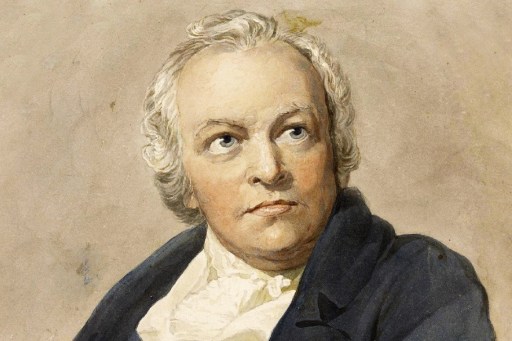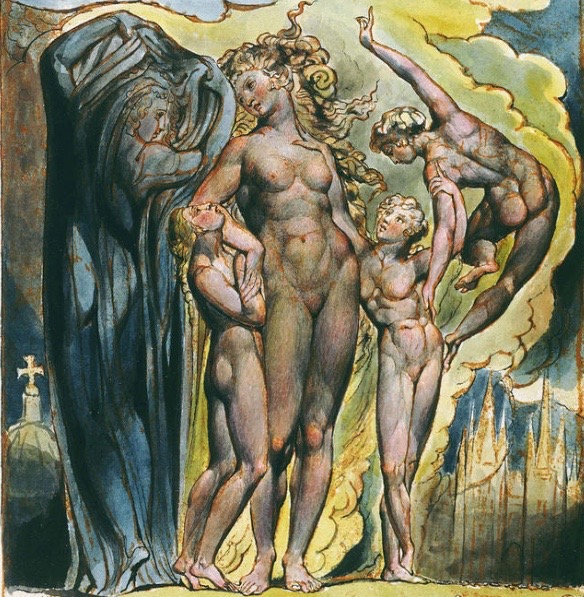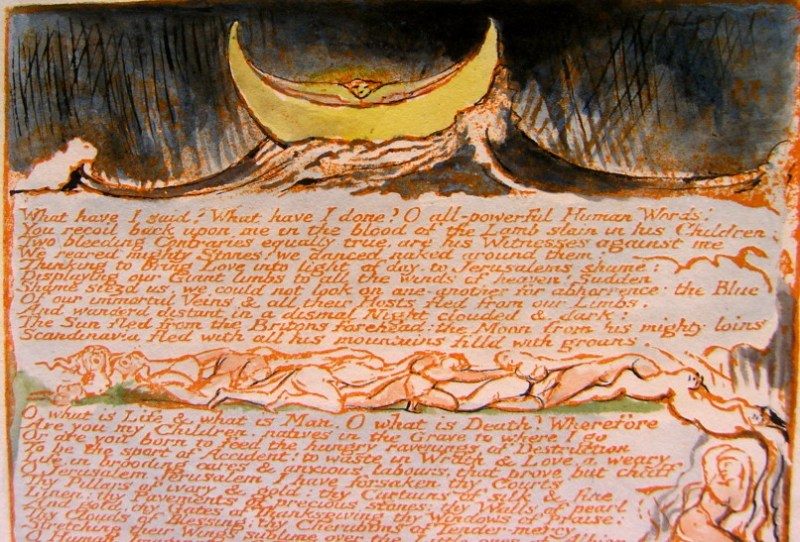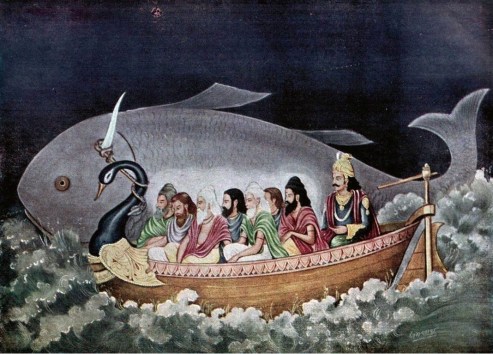Evil and Urizen: William Blake’s Visions of a Demiurge, by Daniil Leiderman
The Nature of Perception and the Limitations of Your Reason

Is reason the root of all evil? That’s the core theme romantic era poet and artist, William Blake, tackles in his alternative-to-Genesis creation story, The Book of Urizen.

“a spiritual vision whose intensity is at the least a mystic’s, if not a prophet’s”
William Blake is justifiably considered to be among the greatest of England’s poets and artists. His place in the books of art history is assured despite his general disengagement from any definable movement, except perhaps romanticism, to which he belonged in spirit more than in form. Blake was professionally an engraver and acquired little acclaim for his work in his lifetime. To a degree this was due to Blake’s strange beliefs and obsessions – he at times claimed to see the dead, communicate with Biblical prophets and experience ecstatic visions. The Book of Urizen, Blake’s masterpiece – an epic poem originally created in seven copies using copperplate engravings, is of particular interest since it displays a unique artistic style, complex poetic form and most interestingly a spiritual vision whose intensity is at the least a mystic’s, if not a prophet’s.


